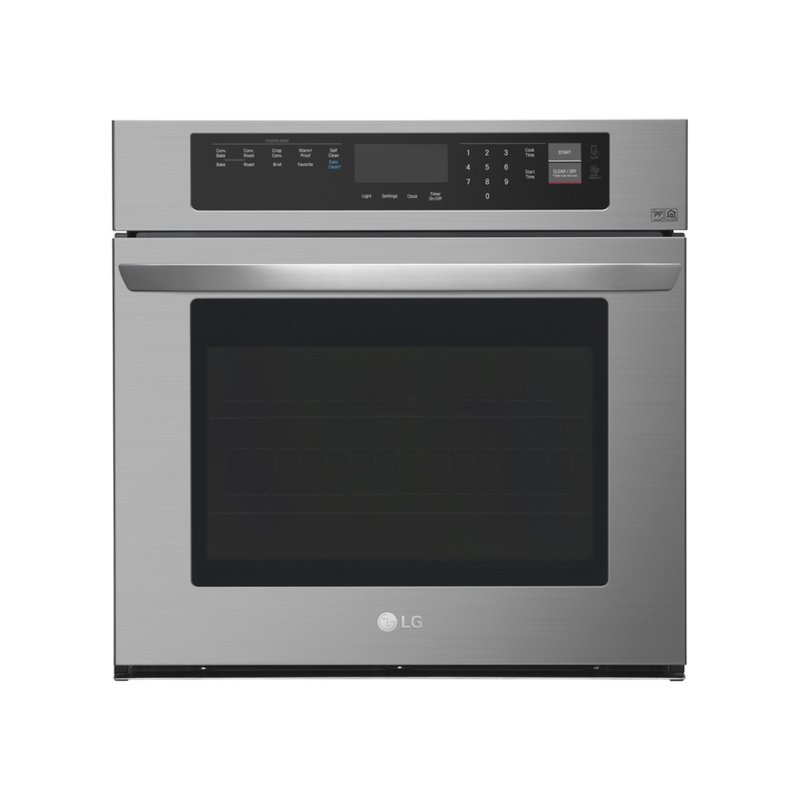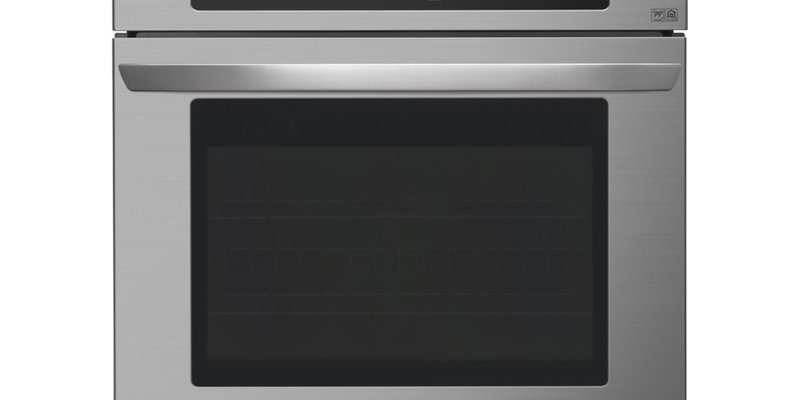
Here’s the deal: an F2 error code in your LG oven typically signals an issue with the oven temperature sensor or the control panel itself. Think of it like a car’s check engine light—it’s alerting you to a problem that could potentially affect performance but isn’t necessarily dangerous right away. However, it does mean your oven isn’t working correctly at the moment, which could lead to less-than-perfect meals if left unaddressed. Understanding the cause of this error and how to fix it can make all the difference.
Understanding the Meaning of the F2 Error Code
When your LG oven displays an F2 error code, it’s specifically highlighting a temperature monitoring problem. This is akin to how your body uses a thermometer to check your fever—it’s an integral part of the oven ensuring everything cooks evenly and safely. In technical terms, the oven’s temperature sensor, often a part called a thermistor, is either faulty or reporting temperatures inaccurately to the control board, which in turn triggers the error code.
Typically, this error suggests the oven is detecting temperatures that are too high. Imagine setting your car’s speedometer way above the speed limit—it’s an indication something’s going way too fast or hot in this case. The oven thinks it’s reaching unsafe temperatures, so it shuts off to prevent any potential hazards. This doesn’t mean your kitchen will burst into flames, but it could mean your lasagna might not bake properly.
You might wonder how this little part can cause such a fuss. Well, as with many appliances, a small failure can have a big impact. The thermistor plays a crucial role in regulating temperature, and even the slightest deviation can send your oven’s operation awry. Luckily, understanding this gives you a good starting point for tackling the issue.
Common Causes of the F2 Error Code
Why does this happen? The causes can vary, but there are a few usual suspects. First, it could be a simple malfunction in the sensor itself. Components wear out over time, just like how the soles of your favorite sneakers eventually give way. If the sensor is old or damaged, it might not read temperatures accurately, leading to that pesky F2 code.
Another potential cause is a loose or damaged wire connection. Imagine a garden hose with a kink—it restricts water flow much like a faulty wire might disrupt electrical signals. A loose wire affects the path of information between the sensor and the oven’s control panel, leading to incorrect temperature readings.
Lastly, there could be issues with the oven’s control board. While less common, it’s possible the board is malfunctioning, similar to how a computer might crash or freeze. This part is essential for the oven’s operation, so any disruption can result in errors.
By now, you’re probably curious about what to do next. Each of these scenarios requires a different approach, but it’s important to know that with the right help or guidance, they can be resolved effectively.
Steps to Fix the F2 Error Code
First things first, let your oven cool down completely and then try resetting it. This is akin to rebooting your phone when it’s acting strangely—a simple reset might do the trick. Unplug the appliance for a few minutes, then plug it back in and see if the error persists. If it does, it might be time to roll up your sleeves or call in a pro.
For those ready to tackle this themselves, inspecting the temperature sensor is a good start. You can locate it inside the oven, usually at the upper back wall. Make sure it’s not loose or visibly damaged. If you suspect the sensor is faulty, replacing it is generally straightforward and can be done with basic tools.
Next, check the wiring. Ensuring that all wires are connected properly and examining them for any wear or damage is crucial. If wiring issues are beyond your comfort zone, it might be wise to seek professional help to avoid any further complications.
Lastly, if all else fails, the control board might need professional attention. This repair can be a bit complex, akin to fixing a television circuit board, so consulting with a certified technician is recommended.
Preventing Future Error Codes
After resolving the F2 error, you’ll naturally want to ward off future issues. Regular maintenance is key—think of it like flossing your teeth to prevent cavities. Periodically check the oven’s sensor and wiring, and clean the interior to keep everything running smoothly.
Additionally, using your oven according to the manufacturer’s instructions and avoiding overloading it can reduce strain on its components. Just like not driving your car too hard, treating your oven gently will enhance its longevity.
Stay attentive to any unusual behavior. Catching minor issues before they escalate can save you time and hassle down the line. Keeping an ear out for unusual noises or unexpected shutdowns is part of maintaining a healthy kitchen appliance.
In summary, while the F2 error might seem daunting initially, it’s usually manageable with a bit of patience and understanding. By addressing the error and taking preventative steps, you can enjoy your oven’s reliable service for years to come.
